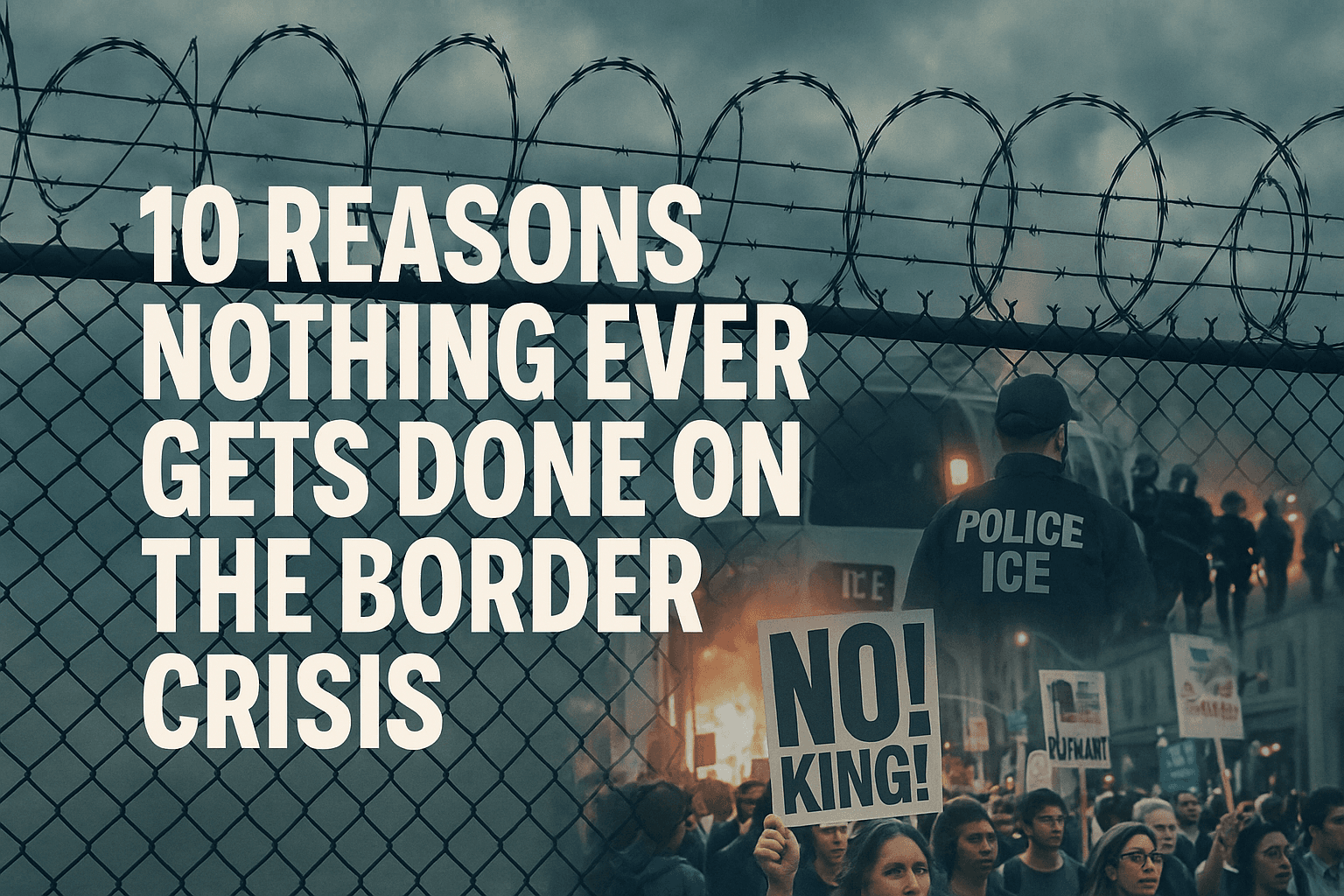Over 1 Million Unaffiliated Voters Left Out of NYC Primaries, CFB Report Finds

NEW YORK CITY, N.Y. - New York City has a massive voter suppression problem. A new report from the NYC Campaign Finance Board (CFB) found that 1-in-5 voters (21.1%) in the city are registered unaffiliated and are excluded from taxpayer-funded primary elections.
This equates to more than a million people, nearly half of whom are under the age of 40. The CFB also reports that these voters turn out in lower numbers for general elections compared to their party-affiliated peers, despite being the second-largest voting bloc after Democrats.
This analysis comes from the CFB's annual Voter Analysis Report. The CFB -- an independent, nonpartisan city agency -- says its mission is to bridge "the gaps that have historically made it harder for New Yorkers to participate in democracy." It administers the city's public matching funds program for campaigns.
The CFB's report comes as the city’s Charter Revision Commission, convened by Mayor Eric Adams, is expected to recommend a series of electoral reforms including aligning local elections with state and federal elections and the adoption of nonpartisan primaries, which would allow all registered voters -- including unaffiliated voters -- to participate.
It would also put all candidates that qualify to run in an election on the same primary ballot, regardless of party.
Currently, New York has a closed primary election system, in which only registered Democrats can vote in Democratic primary elections and only registered Republicans can vote in Republican primary elections. Notably, Adams recently opted to drop his party label and run for re-election as an Independent.
Thus, he will not appear on the Democratic primary ballot on June 24. In order to participate in what will be a critical election to decide the city's next mayor, voters had to change their voter registration by Valentine's Day back in February, which was before some mayoral candidates announced their campaigns.
Former New York Governor Andrew Cuomo, for example, announced his intention to run in the Democratic primary for mayor on March 1.
“Every year approximately 1 million voters, half of whom are under 40, are left out of our city’s primary elections. This year, our Voter Analysis Report analyzes these unaffiliated voters in order to better understand how to make New York City elections more accessible and inclusive for all,” said Paul S. Ryan, Executive Director of the New York City Campaign Finance Board.
“We also propose next steps to safeguard our voter rolls and bolster voter turnout by adopting common-sense, voter-centered scheduling of elections. When every New Yorker is empowered to participate meaningfully in our democracy, we get closer to a government that truly reflects our city.”
Topline Findings on Unaffiliated NYC Voters
- Unaffiliated voters are disproportionately younger voters. More than a quarter of unaffiliated voters were under 30, followed by the second youngest group of voters, voters ages 30-39, making up 23.1% of unaffiliated voters.
- There are more unaffiliated voters in NYC than registered Republican voters. Voters registered to the Democratic Party made up almost two-thirds of the New York City electorate. Unaffiliated voters formed the second-largest bloc at 21.1%, followed by voters registered to the Republican Party at 11%.
- Unaffiliated voters live across the five boroughs, but there are some clusters. The concentration of unaffiliated voters varies geographically across New York City. Staten Island has a high concentration throughout the borough, while in Brooklyn, unaffiliated voters are concentrated in southern and southeastern election districts. Queens also has a notable share across the borough, especially in the northeastern election districts. Meanwhile, Manhattan and the Bronx display more mixed distributions of unaffiliated voters.
- Unaffiliated voters consistently turn out at lower rates than voters affiliated with both major and minor parties. In 2024, 49.3% of independent voters participated in the general election, compared to 63.4% of major party voters (Democrat or Republican) and 53.2% of minor party voters (Working Families Party, Conservative Party, Green Party, etc.). In 2020, 52.1% of unaffiliated voters cast their general election ballots, compared to 64.5% of major party voters and 56.4% of minority party voters.
The Report's 2024 Election Recap
2024 was headlined by a presidential election that dominated the cultural conversation locally and nationally. Voters in New York City had the opportunity to cast their ballots in several elections, including the presidential primary in April 2024, the congressional primary in June, and the general election in November.
In the general election, city voters also had the opportunity to weigh in on one state-wide proposal, the Equal Rights Amendment, which passed and was added to the state’s Constitution; and five local ballot proposals stemming from the Charter Revision Commission called by Mayor Adams, four of which passed and were subsequently added to the City Charter.
Despite all of this, New Yorkers turned out to vote at lower rates than in previous presidential election years — 6.6% in the April presidential primary, 10.1% in the June state and congressional primary, and 60.2% in the November general election.
CFB researchers recommended state legislators and election officials adopt a voter-centric approach in scheduling elections to mitigate voter fatigue and boost voter participation.
In addition to a breakdown of voter registration and voter turnout in the June 2024 primaries and November 2024 general election, the 2024 Voter Analysis Report (VAR) report also includes:
- Analysis of unaffiliated voters within the landscape of unaffiliated voters across the country.
- Research on young voters examining the policies influencing them and the barriers they face in voter education, outreach, and participation.
- Recommendation for New York State join the Electronic Registration Information Center (ERIC) to improve the accuracy of New York’s voter list.
Additional Report Toplines:
- Voter registration in NYC remained high (85.8%), with an increase of 3.7% from the previous year, though high voter registration rates did not lead to higher participation rates.
- Manhattan saw the highest voter turnout in all 3 major elections, while the Bronx had the lowest voter turnout in the April primary and the November general election.
- Young voters under the age of 30 turned out to vote at the lowest rates compared to other age ranges in New York City, with only 3.7% of young voters casting ballots in April, 5.0% in June, and 57.1% in November.
- More than half (54.5%) of newly registered voters were ages 18 to 29.
- Newly registered voters achieved a 75.6% turnout rate, nearly 17 percentage points higher than voters registered for more than one year.
 Shawn Griffiths
Shawn Griffiths





